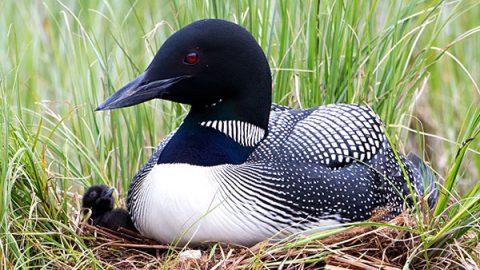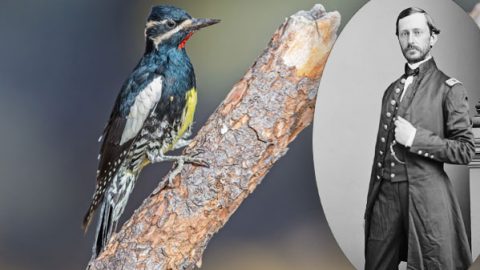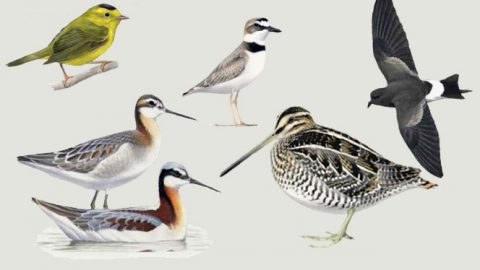The People Behind the Birds Named for People: Georg Wilhelm Steller
By Alison Haigh
April 24, 2018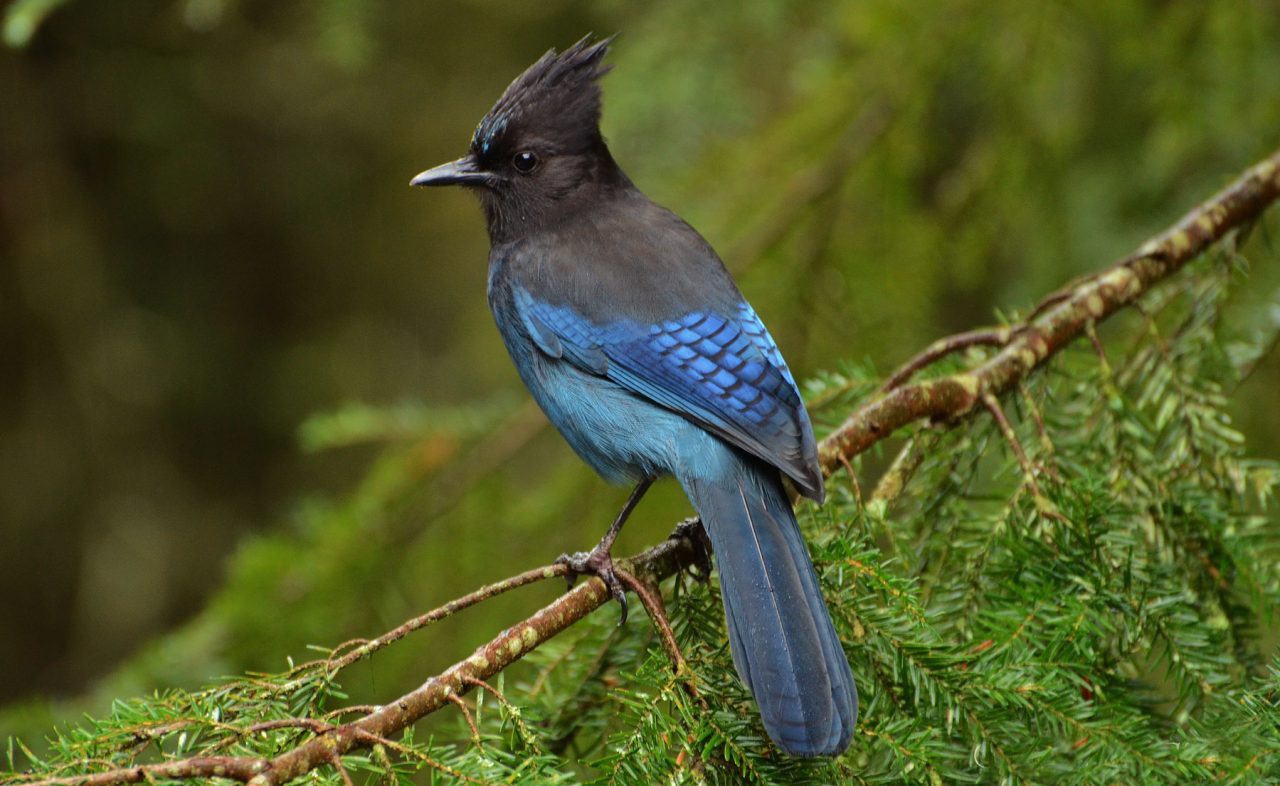
From the Summer 2018 issue of Living Bird magazine. Subscribe now.
In the cool mountain forests of western North America lives a bold, crested jay whose rich blue-and-black plumage is reminiscent of a starry sky. Though it’s a stellar example of a jay, it’s officially Steller’s Jay—named for a man who himself was used to misspellings. Georg Wilhelm Stöller (1709–1746) was a German physician and amateur naturalist who emigrated to Russia, only to find that the country’s language lacked the proper vowels to spell or even pronounce his name. Embracing the adventures he was sure lay ahead in his new country, he changed his name to a more Russian-friendly form: Steller.
From a young age to his untimely end, Steller harbored a craving for adventure. He volunteered with the Russian army for a ticket to St. Petersburg—the exploration capital of the Old World at the time—and spent his last coin on directions to the Royal Botanical Gardens. There his luck changed: he left his career as a doctor behind, trained in mineralogy, zoology, and botany, secured an adjunct position with the Royal Academy of Sciences, and even found a wife.
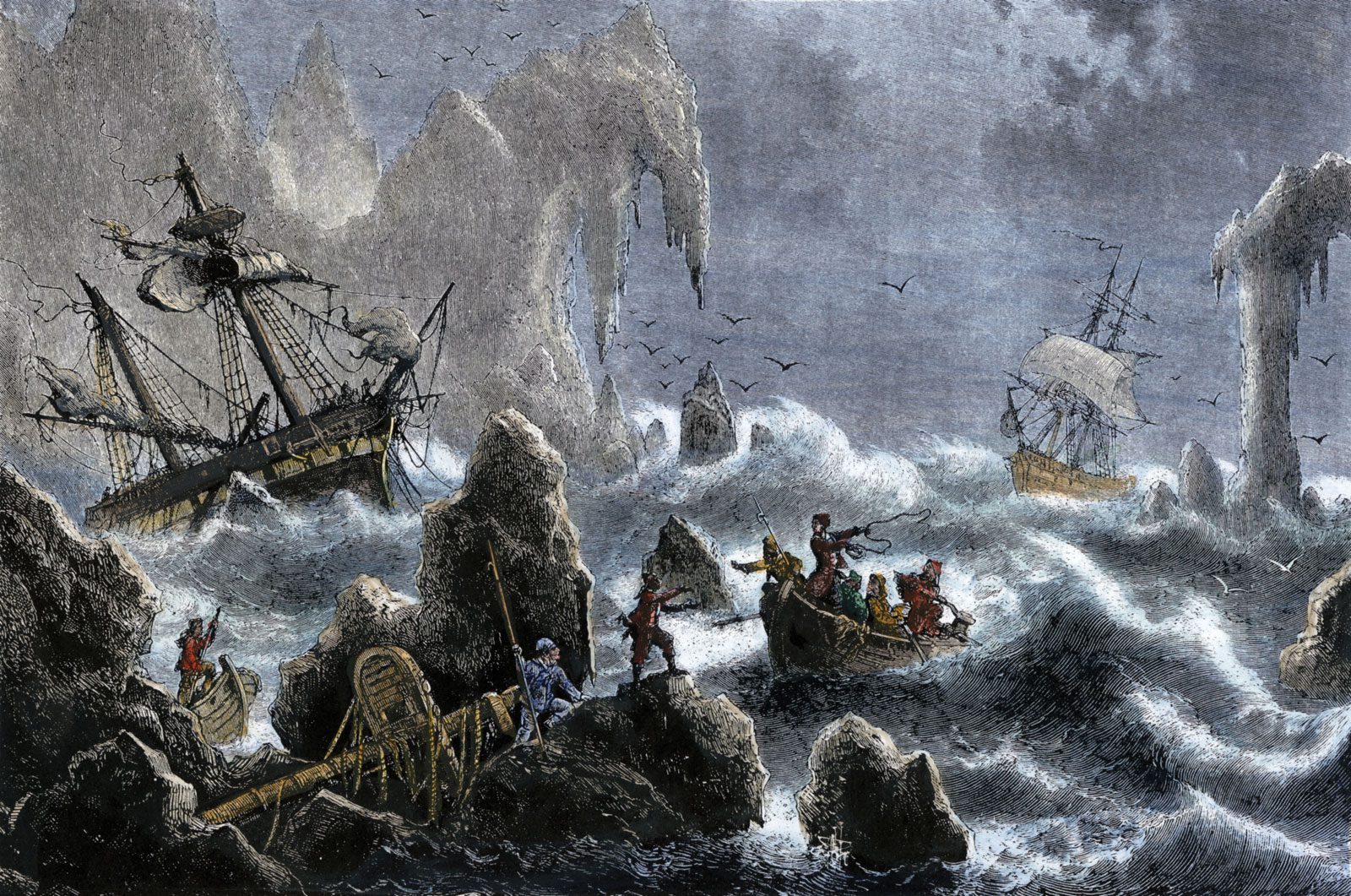
His patron was so impressed that he recommended Steller for a position on the Second Kamchatka Expedition of Captain Vitus Bering, the legendary Russian explorer whose name wound up on the Bering Sea, Bering Strait, and Bering land bridge.
Steller had good timing. Bering needed a mineralogist; several academics who had volunteered to study the flora and fauna had chickened out; and Bering, who was 60, needed a personal physician. Steller was all those things. Looking to prove himself in a world not yet mapped to its corners, Steller packed up his life and left his wife to ride a dogsled to Kamchatka, nearly 4,000 miles away in far eastern Russia.
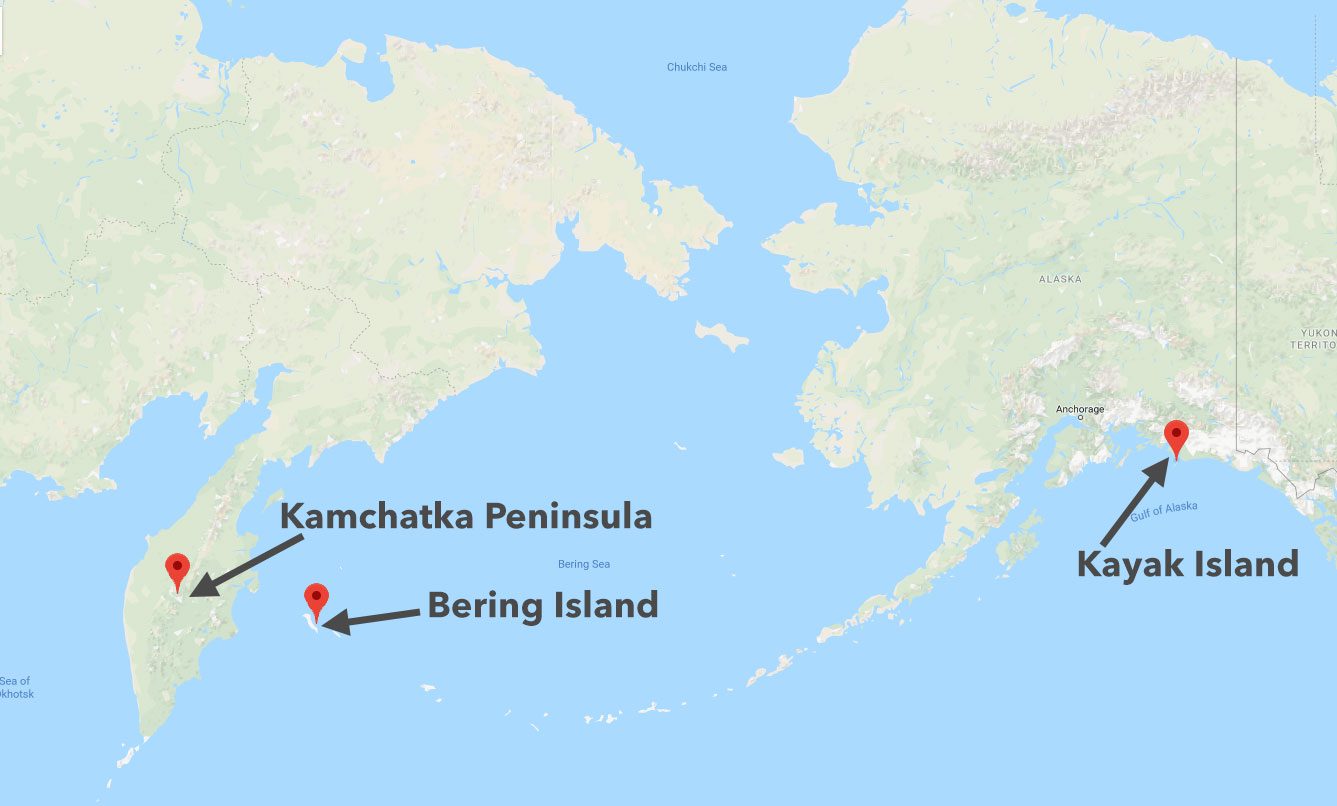
So it was with a broken heart and worried mind that Steller set sail for what is now Alaska aboard Bering’s ship, the St. Peter, on May 29, 1741. The crew didn’t see land again for six weeks, and Bering’s second ship, the St. Paul, got lost in a fog and went home. But on July 14, Alaska’s Mt. Saint Elias rose faintly into view and Steller’s concerns dissolved into sublimity as the seas slapped the ship’s hull. The New World was on the horizon.
More Birds Named for People
In the end, Bering never quite landed on Alaska’s mainland. The crew spent only one day on present-day Kayak Island, less than a mile off the coast of southeastern Alaska, before sailing back along the Aleutian island chain. Steller frantically collected specimens of foreign birds, plants, and minerals. He couldn’t help but notice a bold, black-crested bird that reminded him of the Blue Jay he had seen in American paintings. With this, Steller knew he was in America.
Bering had little time for birds; he was preoccupied with the weather. Fierce northeasterly winds on the way over had forecasted a difficult trip home. Considering that Steller had already amassed a large collection and that a storm was coming, Bering decided it was safest to stay away from shore and quickly head home.
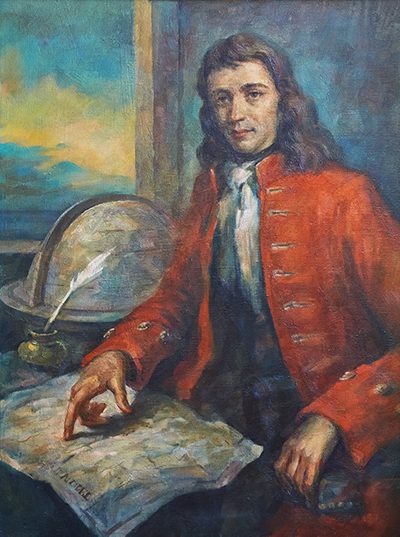
On the way back to Kamchatka, storms rocked the St. Peter. The crew fell ill and sailors threw the dead overboard out of superstition. When land finally dotted the horizon, Steller wrote, “the half-dead crawled out to see it.” But heavy storms soon dashed their hope against the rocks of an unfamiliar island. Nearly nine-tenths of the way home, they were shipwrecked.
“God knows if this is Kamchatka,” wrote Steller.
A month after the wreck, Captain Bering died. The crew’s remaining hope dissolved, but Steller saw a long-sought opportunity to lead. He and three other men dug “graves” in the sand to sleep in, and fried gunpowder-tainted biscuits in seal fat to eat. Steller beat off foxes that ransacked the camp, and nursed his men back to health with otter meat and scurvy-grass. When winter hit, he dug his camp out of 5-foot snowdrifts and revived one man that went blind from frostbite. And while the others gambled with otter pelts, Steller busied himself recording the island’s natural history.
To Steller’s excitement, the wildlife on this uninhabited island—today called Bering Island—was unafraid of humans. Blue foxes often pilfered his notes, but what remained included sketches of a 20-foot-long, manatee-like “sea cow,” (now extinct) and massive sea otter colonies that later became the tragic focus of Russia’s fur trade. He spent six days observing the behavior of breeding fur seals from a hut he built at the center of a colony—one of the first times in history a naturalist used a study blind.
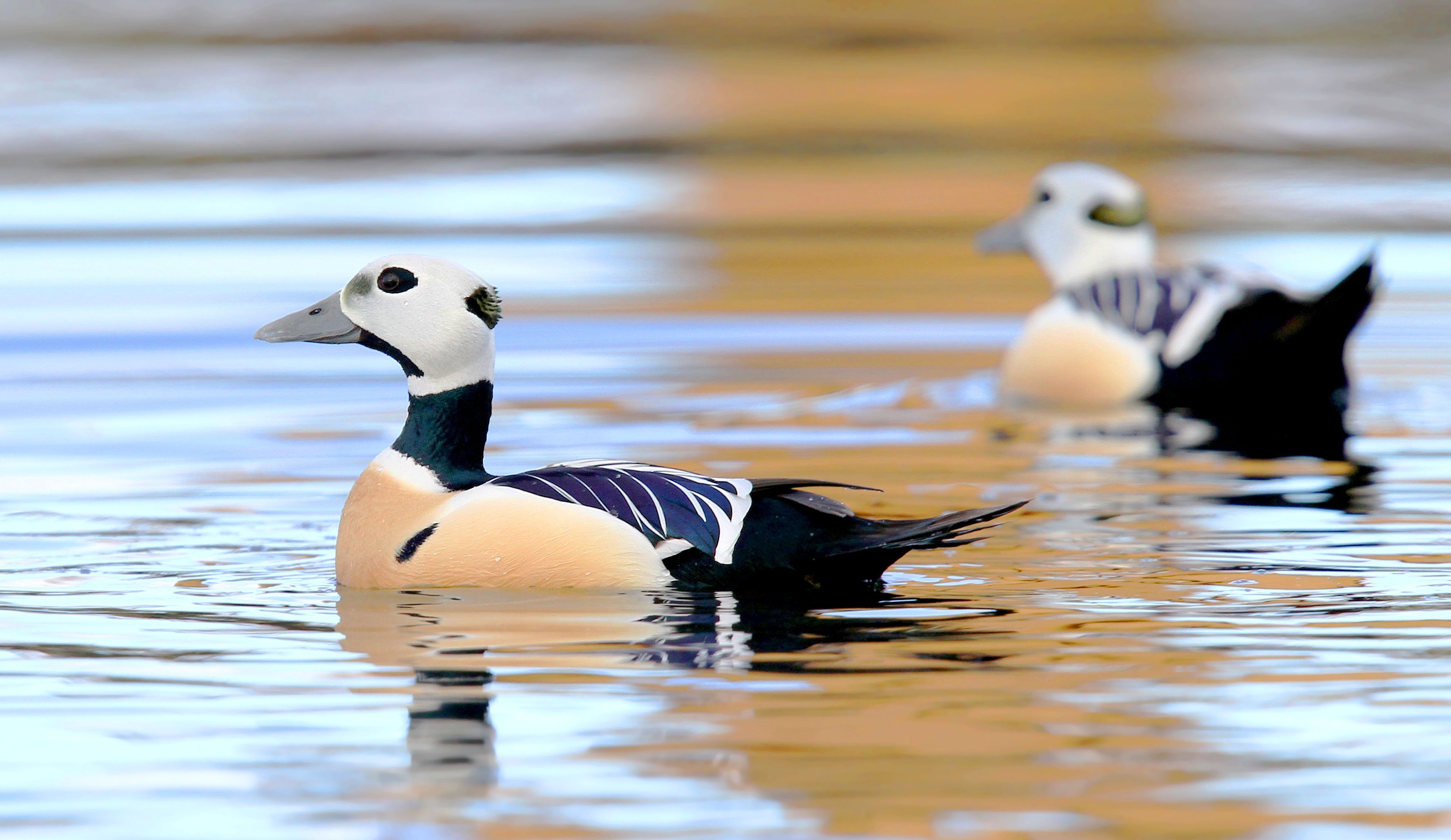
Steller also spotted flocks of a creamy, black-barred eider he had seen on Kamchatka—which he took as a sign he was not far from home. Heartened, he and his men redoubled their efforts building a new ship, which they sailed into the Kamchatka port in 1742, nearly a year and a half after leaving.
Four years and just one more major expedition later, Steller died of a fever in 1746. In his 37 years, he was the first European to communicate with Alaskan natives (and certainly the first to offer them brandy). He never returned to Germany or saw his wife again, having “quite forgotten her and fallen in love with Nature.” His discoveries on his American voyage were lauded, and earned him namesake status for four bird species—including Steller’s Jay, the bird that confirmed he was in America; and Steller’s Eider, which had guided him home.
Alison Haigh is an Environmental Biology and Applied Ecology major at Cornell University (Class of 2019). Her work on this story was made possible by the Cornell Lab of Ornithology Science Communication Fund, with support from Jay Branegan (Cornell ’72) and Stefania Pittaluga.

All About Birds
is a free resource
Available for everyone,
funded by donors like you
American Kestrel by Blair Dudeck / Macaulay Library
